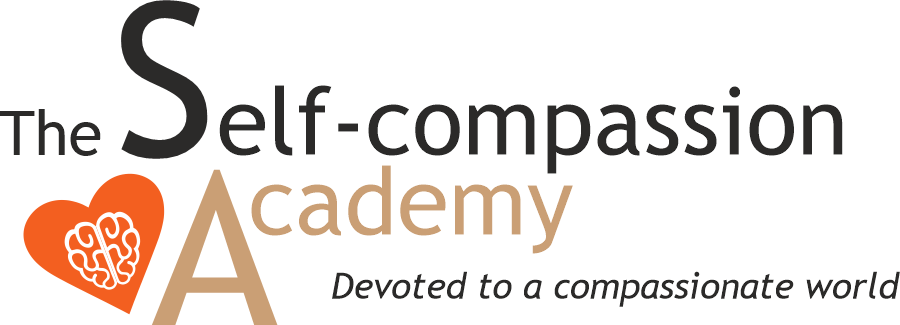Practicing mindfulness and meditating are not necessarily the same thing. Mindfulness means being gently and kindly present in the moment. Meditation is one way to achieve that, but there are plenty of other mindfulness exercises you can do. Ideal for beginners, since meditating can be difficult, but also perfect for the workplace or while waiting for the train.
How to practice mindfulness without meditating?
According to the dictionary, to meditate means to focus on your inner world. That makes meditation one way to bring your attention to the present moment, which is the goal of mindfulness. But there are other ways and exercises that can help you cultivate that kind presence in the now.
So yes, you can practice mindfulness without meditating. In fact, there are countless exercises you can do (at home, at work, or anywhere really) to live more mindfully that don’t involve meditation at all.
“In meditation, you take time to become aware of your thoughts. You observe them, watch them come and go.”
Also read: How can mindfulness reduce stress?
5 mindfulness exercises without meditating
These five mindfulness exercises are not forms of meditation, but they help you stay present with gentle awareness.
1. The 5-4-3-2-1 mindfulness exercise
A simple tool to help you engage your senses, focus on the present, and let go of intrusive thoughts.
How it works: Focus on five things you can see, four things you can touch, three things you can hear, two things you can smell, and one thing you can taste.
2. Mindful eating
Mindful eating is a great way to become aware of the present moment. You can challenge yourself to eat a full meal mindfully, but the exercise also works with something small, like a raisin, a piece of fruit, or a square of chocolate.
How it works: Choose something small to eat. First, take a good look at it and notice what it looks like. What colors do you see? Is it smooth or textured? What else stands out? Place it in your mouth and focus on the taste, texture, and sensations of the food. How does it feel in your mouth? Chew slowly. What do you taste? What flavors are released?
3. Write down what you’re grateful for
Studies show that practicing gratitude helps you feel happier, more content, and less anxious or stressed. It can also reduce social comparison and make you kinder to yourself.
How it works: One simple way to practice gratitude is by writing down three things you’re grateful for at the beginning and/or end of your day.
Tip: Another writing exercise you can use as a mindfulness tool is writing a self-compassion letter.
4. Self-reflection
Research shows that self-reflection through expressive writing helps reduce rumination, increases stress resilience, and boosts emotional flexibility, especially when combined with self-compassion.
Self-reflection calms the part of the brain that becomes overstimulated under pressure. Writing also helps you make sense of overwhelming or vague emotions. It brings you back to the present and allows you to explore your thoughts and feelings.
How it works: Use reflection questions and start writing with pen and paper or do a brain dump. Write down everything that comes to mind and agree with yourself to keep writing for ten minutes without lifting your pen.
5. Do a self check-in
Start or end your day with a quick check-in. Ask yourself the following four questions:
- What am I feeling right now, physically and emotionally?
- What’s been on my mind today or lately?
- What do I need right now?
- What do I need to hear to be kind to myself?
More mindfulness exercises for at work or at home? 5 Mindful Exercises for More Self-Compassion
Credits image: Linus Nylund via Unsplash







